
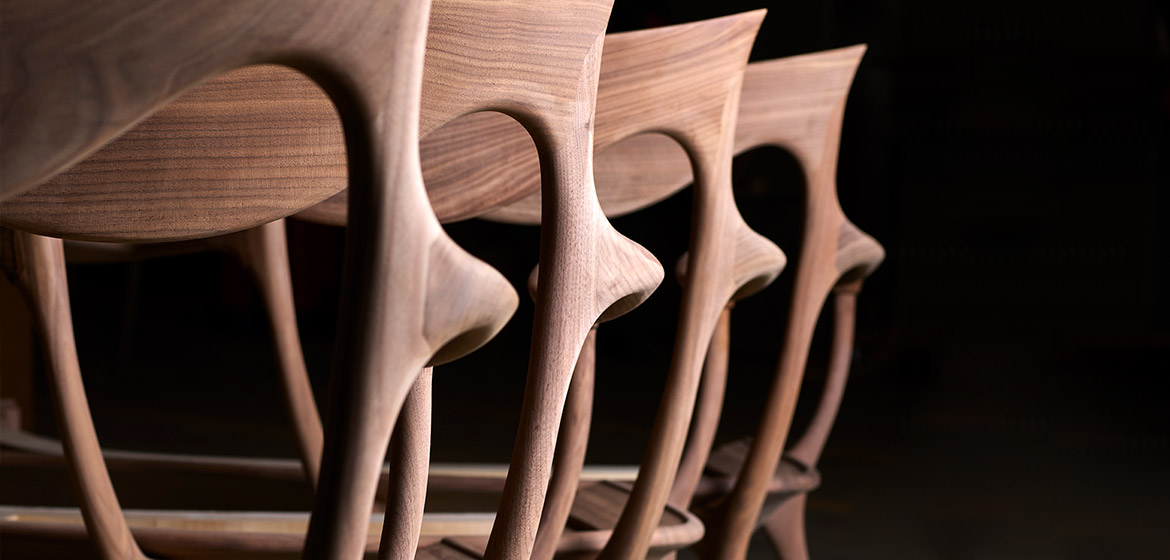
Experience, extraordinary vision, careful selection of each material, and a special relationship with a community of international designers allow Ceccotti Collezioni to coordinate complex projects, managing each step of the process in-house, from the conception to the realisation of each design item. Each product speaks of an original design that almost merges with the artistic aspects, which can confidently be called ‘Made in Tuscany’. The area of Cascina, a small town between Pisa and Florence, which hosts the production site, has always been home to the highest level of craftsmanship, which Ceccotti Collezioni has maintained, safeguarded and valorised with an art and craft culture of excellence (already present in the area since the end of the 19th century). Manufacturing excellence has made extreme and anthropomorphic lines possible.
The attention paid to the careful selection of raw materials goes hand in hand with that dedicated to each stage of processing. Everything is important in achieving excellence. A special aspect characterising Ceccotti Collezioni is the company’s profound knowledge of all aspects of wood, which has led to the production of a range of products, from chairs to furniture, a significant element on the Italian scene.
At Ceccotti Collezioni there is a unique link between technology and craftsmanship, between the mastery of ‘artist’ craftsmen who trained in the Cascina Art School (founded in 1871) and the vision of the designers to create incredibly engineered products. These are the key points of the company’s craftsmanship, revisited, innovated and naturally luxury-oriented, the traits of a manufacturing skill that combines manual mastery with modern technology.
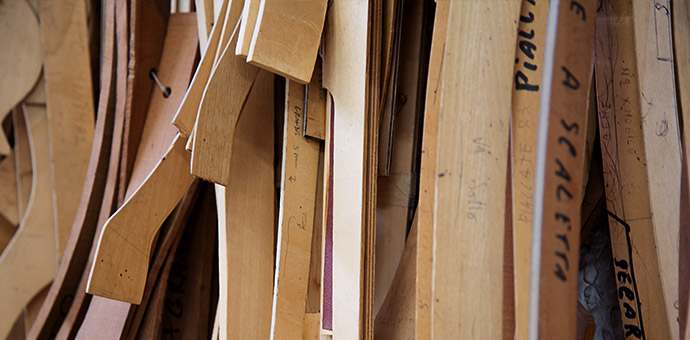
There is a long path from the designer’s idea to creating a Ceccotti Collezioni product. Behind every creation, there is continuous preparation work done to arrive at a perfect engineering process: an ongoing development consisting of small and large corrections necessary to improve the initial project before its realisation. Step by step, the models of the individual components take shape as prototypes, indispensable for evaluating the aesthetic, functional and structural aspects. The goal is an optimised industrial production process that preserves the artisanal touch’s uniqueness.
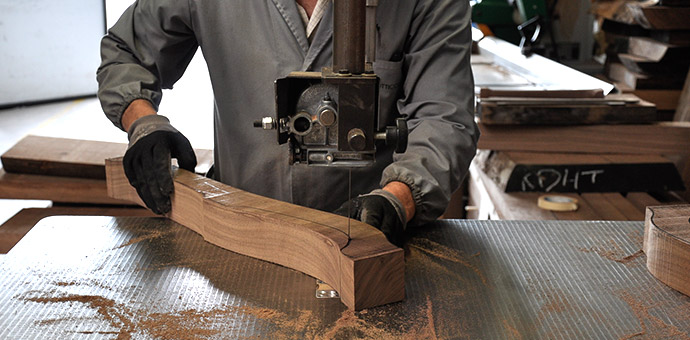
Producing high-value objects while following cabinet-making traditions requires selected woods with special characteristics. The products begin life cut from boards with greater thicknesses than the standards specifically selected for Ceccotti Collezioni.
The timbers, chosen according to the components to be manufactured and their application in the project, are processed by production lines that perform operations such as turning and shaping.
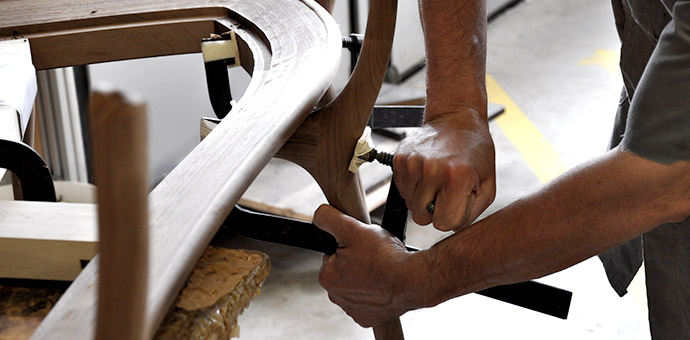
Designer products, unique for their originality and the complexity of their creation: the vocation for luxury craftsmanship also becomes a motive for experimenting with organic, sinuous, anthropomorphic shapes. Ceccotti Collezioni’s design takes shape through an assembly process that is only made possible by the expert hands of its master craftsmen. At this stage, the company uses environmentally friendly natural vinyl glues that adapt to the movements of the wood (this type of glue requires more time to dry).
Before this, there may be one or more preliminary polishing steps with special equipment. These steps can almost seem as though every single component is being caressed; such is the care with which each craftsman performs their task. The joining of the various components is almost a work of art in itself: each joint is held together with the help of ‘special clamps’ that make it possible to connect the various parts.

Brass, steel, iron and more. A specialised department handles the creation of each piece of metalwork necessary for production. Each design may require some metal components to provide lightness and solidity, to increase functionality or other aspects while respecting the original design and the architecture of its furnishing accessories. The department selects them according to the applications and aesthetic effects desired.
Like in tailoring, there is extreme attention to detail, even the most hidden ones. All the components, from the handles to the feet, from the hardware to the hinges, are made in the in-house workshop: embellished with refined finishes, they are an integral part of Ceccotti Collezioni’s search for exclusivity, an expression of its craftsmanship.
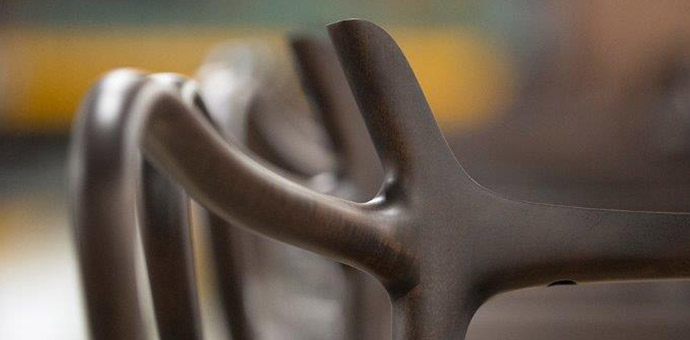
The culture of beauty, design perfection and knowledge of materials is expressed through aesthetic finishes that contribute to Ceccotti Collezioni’s distinctive, refined style.
The finishing operations are carried out manually, especially for ‘rag colouring’ using a white cotton cloth. The artisanal approach and experience in decoration broaden the possibilities for customising each creation: techniques range from natural wax-based colours to glossy or matt lacquering and shellac.
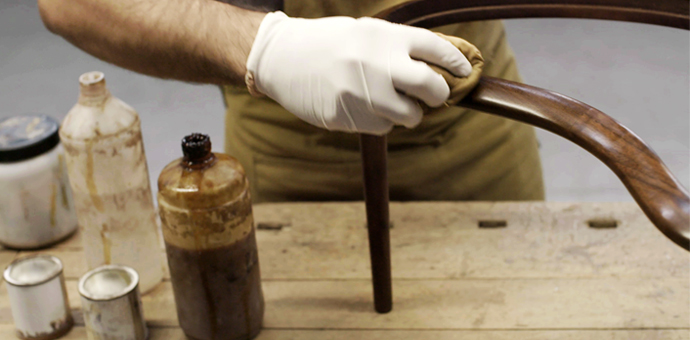
Shellac involves a long process and several stages that must be followed, lasting up to six days. The application of shellac requires a rare mastery which has almost disappeared from the industrial scene. However, Ceccotti Collezioni has found a system that not only preserves this craft but enhances it. The result is a lustre that makes each piece unique and unrepeatable.